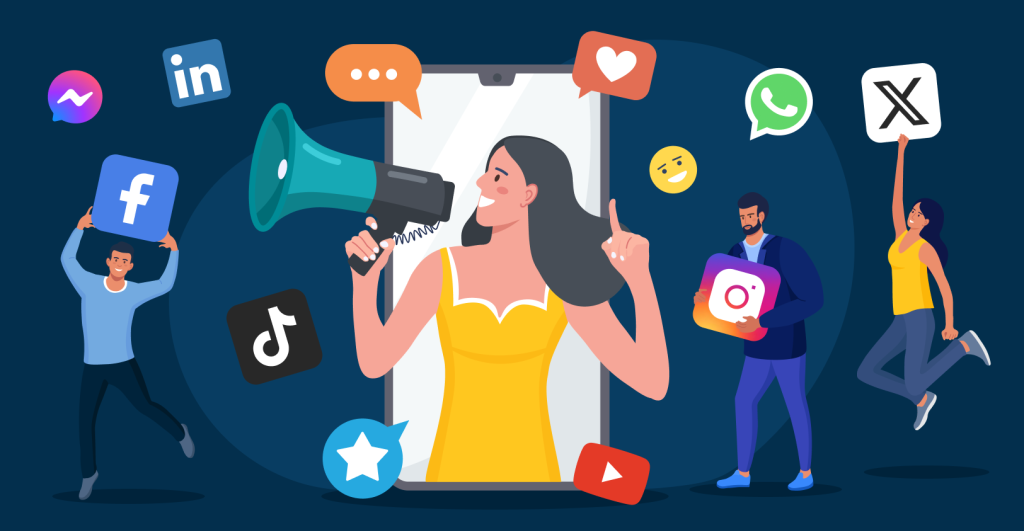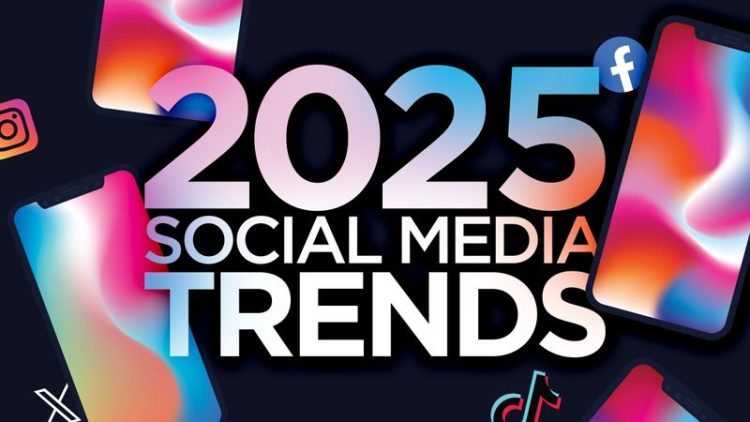A Story to Begin
It started with a frog. Pepe the Frog, once an innocent comic character, was transformed into one of the most controversial memes of the 21st century. Shared across forums, repurposed on Twitter, and remixed endlessly, Pepe became a cultural symbol—sometimes humorous, sometimes hateful, sometimes revolutionary.
This single meme illustrates the power of social media trends. What begins as entertainment can spiral into political movements, corporate campaigns, or even social unrest. Memes and viral content have become the language of the digital age, capable of shaping both how we laugh and how we vote.
The Nature of Virality
Social media thrives on speed and replication. A catchy phrase, a funny video, or a shocking image can be copied, altered, and spread millions of times within hours. Virality functions like a wildfire—it requires the right conditions, but once sparked, it grows beyond control.
- Humor fuels engagement. Most viral content begins as jokes or parodies.
- Relatability drives sharing. Users pass on content that resonates with their own identity or worldview.
- Algorithms accelerate growth. Platforms prioritize what gets clicks and watch time, creating feedback loops of visibility.
But what happens when memes stop being jokes and start shaping society?
From Memes to Movements
1. Political Mobilization
- #BlackLivesMatter: A hashtag that began on Twitter became a global movement against racial injustice.
- Arab Spring: Social media memes and slogans fueled protests and built solidarity.
- Hong Kong Protests (2019): Viral images of umbrellas and Lennon Walls became symbols of resistance.
Here, memes and viral trends work as rallying cries—simple, repeatable, and emotionally powerful.
2. Grassroots Campaigns
- The Ice Bucket Challenge (2014) showed how humor plus virality could raise over $200 million for ALS research.
- #MeToo transformed from a hashtag into a global reckoning on sexual harassment and workplace inequality.
3. Darker Transformations
- Memes can also fuel extremism. Online communities have used humor as a “gateway” to normalize hate speech.
- Disinformation spreads through the same mechanics that make harmless memes viral.

The Perils of Social Media Trends
1. Ephemeral Attention
What goes viral today may be forgotten tomorrow. Movements risk becoming “trends” themselves, fading once public attention shifts.
2. Oversimplification
Memes reduce complex issues into bite-sized symbols. While effective for awareness, they risk distorting nuance.
3. Manipulation and Weaponization
Authoritarian regimes, corporations, and extremists all exploit virality. Fake accounts, bots, and coordinated campaigns can hijack genuine trends.
4. Mental Health Pressures
Constant exposure to viral challenges fosters anxiety and peer pressure, particularly among younger generations.
Case Studies in Detail
Case Study 1: The “Kony 2012” Campaign
A viral video turned Joseph Kony, a warlord in Uganda, into a global household name overnight. While it raised awareness, critics argued it oversimplified the conflict and created a short-lived burst of activism—“slacktivism.”
Case Study 2: TikTok Dances and Cultural Appropriation
Viral dance trends showcase creativity but also highlight issues of credit and ownership. Black creators often see their contributions co-opted without recognition, raising questions of fairness in digital culture.
Case Study 3: The Gamestop Saga (2021)
What began as memes on Reddit’s r/WallStreetBets spiraled into a global financial event, as ordinary traders used humor and solidarity to challenge Wall Street giants.
The Double-Edged Sword
Memes and trends democratize participation in culture and politics, but their very accessibility makes them unpredictable.
- Opportunity: They give marginalized voices visibility.
- Risk: They can be hijacked, distorted, or trivialized.
The same viral mechanics that propelled the ALS Ice Bucket Challenge to success also enabled conspiracy theories like QAnon to thrive.
Looking Ahead: Navigating the Future of Virality
- Digital Literacy as a Shield
Users must learn to question, contextualize, and verify viral content. Education is key. - Platform Responsibility
Social media companies need stronger moderation policies to limit harmful virality without stifling free expression. - Harnessing Positive Virality
Movements for climate change, public health, and human rights can leverage memes for awareness and engagement. - Balancing Humor and Seriousness
Humor will always drive virality, but society must learn to distinguish entertainment from manipulation.
Conclusion: The Meme-Driven Century
The 21st century will be remembered as the age of memes and viral trends. From humor to protest, from charity to extremism, memes are no longer just cultural artifacts—they are political tools, social symbols, and economic drivers.
As we move deeper into the digital age, we must ask: Who controls virality? Who benefits from it? And how can society ensure that the energy of memes and trends is directed toward justice, creativity, and truth rather than manipulation and harm?
The journey from memes to movements is not just about social media—it is about how humanity itself chooses to communicate, organize, and act in a hyperconnected world.
















































